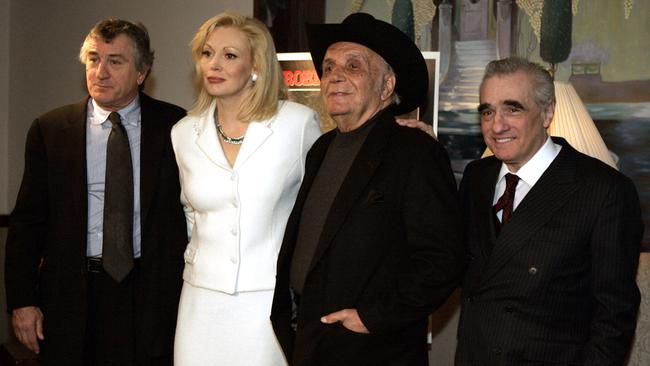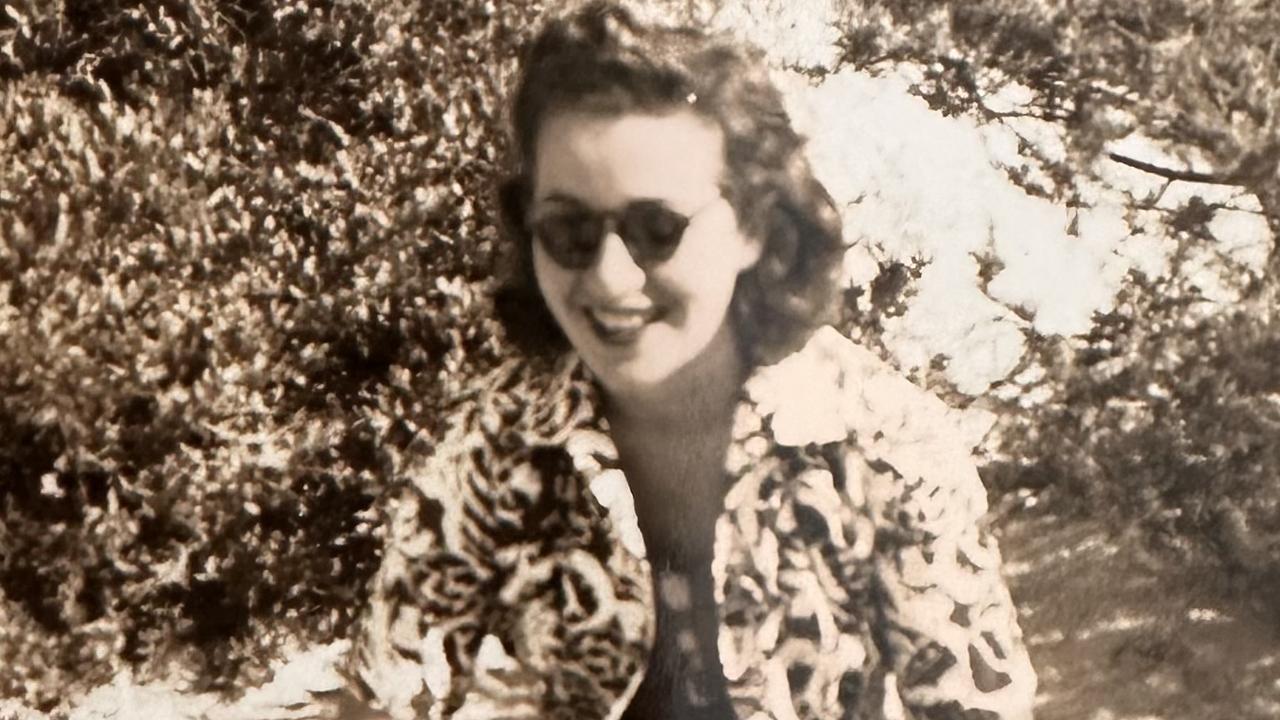Raging Bull Jake LaMotta was first boxer to beat Sugar Ray Robinson
CHAMPION boxer Sugar Ray Robinson had never lost a professional fight until he met Jake LaMotta in February 5, 1943 in Detroit. It was the second time they had met, but it was Sugar Ray’s first loss.

Today in History
Don't miss out on the headlines from Today in History. Followed categories will be added to My News.
SUGAR Ray Robinson had never lost a professional fight when he met Jake LaMotta in February 5, 1943 in Detroit. This was the second time the two had entered the ring together and it wouldn’t be the last, but it would be memorable because the LaMotta brought Robinson’s winning streak to a temporary end.
In the early rounds Robinson was ahead on points, but in the eighth LaMotta fired up and knocked Robinson through the ropes, his first knockdown in a fight. He survived the last two rounds, but LaMotta had control and was declared the winner on points.
Robinson won their next stoush a few weeks later, but LaMotta had earned a place in history as the only boxer to beat Sugar Ray.
Robinson followed his loss with a 91-fight winning streak, along the way winning his first world title in 1946. LaMotta won his first title in 1949. Both were famous in their own right, but LaMotta, who died this week at the age of 95, also became well known to a new generation when Robert DeNiro gave an Oscar-winning performance playing him in Martin Scorsese’s 1980 biographical film, Raging Bull.

Being immortalised on screen showed how far this boy from the Bronx had come. Born Giacobbe LaMotta in 1922, his American-born mother called him “Giacobino” but to others he was Jake. His father, a foul-tempered migrant from Sicily “was really a mean son of a bitch”, according to LaMotta. His father would tie him up and beat him with a broomstick, to which he nailed leather strips, for any transgression.
LaMotta inherited some of that temper and was often prodded by his father to fight other children in the street for sport. His father also collected the pennies thrown by the crowd to help pay the bills.
Caught trying to rob a jewellery store as a teenager, LaMotta was sent to reform school where he learnt how to box. He developed an aggressive, bullish style, sticking close to his opponent, battering them with punches but he was also able to take a battering. He was nicknamed the “Bronx Bull”. After some amateur wins, he turned professional at 19.

Undefeated in his first 15 fights in 1941, he controversially lost to Jimmy Reeves, despite knocking him down. Reeves was saved by the bell and, when the result was announced in Reeves’s favour, the crowd rioted.
La Motta was rejected for military service in WWII because of an ear problem. In October 1942 he lost the first of six fights against Robinson. LaMotta beat him on February 5 the next year, but the February 26 bout was awarded to Robinson on points despite LaMotta nearly knocking out Sugar Ray. LaMotta complained the fight had been given to Robinson because he was being inducted into the army the next day.
Despite his star rising higher, with high-profile fights like those against former world welterweight Fritzie Zivic in 1943 and ’44, and two against Robinson in 1945, he was frustrated in his ambition to get a title fight. He realised it was because he’d refused to deal with the mafia. So in 1947 he agreed to throw a fight in exchange for a shot at a title.
The fight was against Billy Fox, but LaMotta started so strong that when he lost, people suspected it was fixed. Called before the boxing commission to explain his poor showing, LaMotta claimed he had injured his spleen in training. He was fined for not reporting the injury and suspended for six months.
His title bout didn’t happen until 1949, when he defeated French world middleweight champion Marcel Cerdan. However, Cerdan had injured his shoulder in the first round and retired in the ninth. A rematch was organised but Cerdan died in a plane crash.



LaMotta defended his title and had a run of wins until he met Robinson for their final match in 1951. Dubbed the “St Valentine’s Day Massacre”, LaMotta received such a pounding that the referee stopped it in the 13th round.
LaMotta became a light heavyweight, but his best years were behind him and in 1954 he retired from boxing. His record stood at 83 wins (30 with knockouts), 19 losses and 4 draws.
He became a bar owner in Miami, but did a little bit of acting and stand-up comedy on the side. In 1958 he served time in prison for contributing to the delinquency of minors and promoting prostitution.
In 1960 he testified before a US Senate subcommittee on corruption in boxing, revealing he had taken a dive against Fox. During the ’60s he made the occasional film and TV cameo appearance, reminding people of his glory days as a world champ. In 1970 he published a memoir, Raging Bull: My Story, which became the basis for the 1980 film, starring DeNiro.
He was inducted into the Boxing Hall of Fame in 1990.



